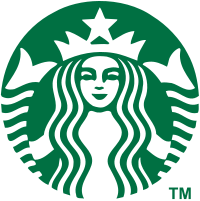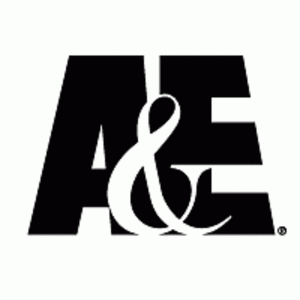- Where did you move from to attend the UO? And, briefly describe how you landed on the UO AAD program. Any interesting, funny, anecdotal stories/details are welcome.
I am from Bend, OR, and I travel to Eugene twice a week to attend to classes; so technically I have not moved to get my degree. I am planning to move to Eugene during my second year as a student.
2- Area of concentration in AAD?
I was initially interested in Museum Studies, although, life has brought some changes and opportunities, which make the concentration of Media Management a better fit for me.
3- Describe your knowledge and use of technology systems. Responses should include the following:
Computer platform you use (Mac, PC, Linux, other)
Smart phones, tablets, other hand held/smart devices
Digital Cameras, Video, Audio devices
Peripherals – printers, scanners, other necessary and/or cool gadgets.
My platform is Mac; I know how to use laptops and desktops, smart phones, and tablets. I also have experience with digital cameras, video cameras, and audio devices. Finally, I have regular experience with scanners, printers, and other minor gadgets as external hard-drives and storage units.
4- What software do you commonly use? Briefly describe purpose/application for software on your list.
The software I usually use is Words, also Power Point, etc. all the basics programs, which I usually use for school and work purposes. I also use a lot of music software, garage-band, Krystal, Audacity, mostly to edit my music and make songs.
I have some experience as well with Final Cut Pro X, where I have been making subtitles for a documentary.
5- Do you have any graphic design or media production/management experience? Have you taken any graphic design or media production courses?
As I mentioned before, I have experience with music production, as well as film. I am also a editor/writer for a local magazine.
I have not taken any graphic design or media production classes.
6- Know anything about typography?
No, I don’t know enough.
7- Do you use Web 2.0 apps? Name those that you use or are familiar with.
I haven’t.
8- Do you use Social Media (Facebook, Twitter, Instagram, Snapchat, Vine, Yelp, etc.)? Name those that you engage in.
No, I do not use social media; just search engines.
9- Tell me something unique about yourself.
I play the guitar like a mother f#!@ing riot! (Sublime Lyrics)
10. Anything else?
Have a great day


